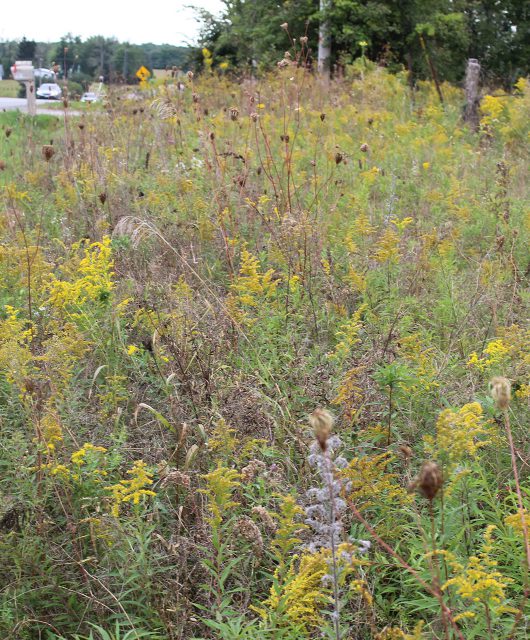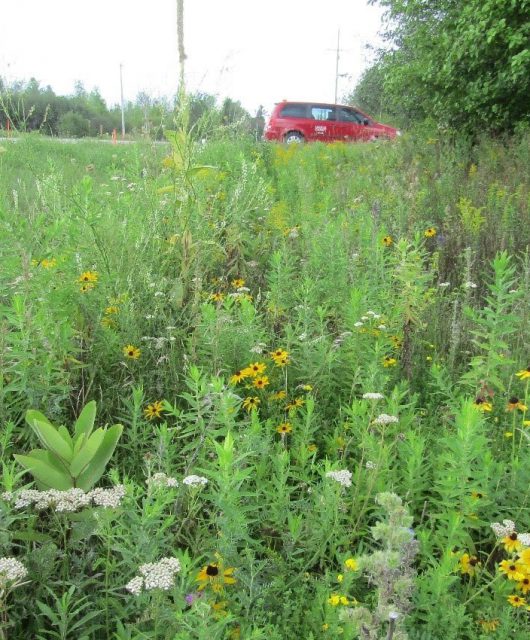A new threat has taken hold of Canada’s bee population that is showing no signs of slowing down.
Deformed Wing Virus (DWV) works by deforming the bees’ wings and restricting those that forage for food.
First detected in 1982 from an isolated sample taken from honeybees in Japan, it is primarily carried by Varroa Destructor, a mite that will consume larvae and attack adult bees, which will then continue to spread the virus via direct contact or droplets. Since the virus was discovered, the main target for the mites has historically been honeybees, but pathogen spillover is introducing it to other species including the bumblebee. Bumblebees are considered the largest group of pollinators, with 42 species calling Canada home. These bees are skilled pollinators and are vital to sustaining fruit and seed production across Canada.
This threat is yet another challenge facing our bumblebees here in Canada. The main threat to bumblebees like many other bee species is climate change, habitat loss and other factors like pesticide and insecticide use.
A new variant to the virus, DWV-B, can spread at a rapid rate through the colony and lead to mass starvation and total collapse. It’s particularly concerning because DWV-B is more viral and transmissible than its predecessor DWV-A. When simulated in a model, honeybee colonies infected with either of the variants often depict total colony collapse within a span of three to four years. However, colony mortality was seen at a higher rate in colonies infected with DWV-B.
Sadly, the new variant has made its way to North America becoming the prominent and deadliest variant in Canadian Honeybee colonies. This doesn’t bode well for native bee colonies which are much harder to monitor.
“The new variant, which has already replaced the original strain of the virus in Europe, is spreading to other regions of the world and causing entire bee colonies to collapse,” according to the research team at Martin-Luther-Universität Halle-Wittenberg MLU.
Because of the massive role bees play in sustaining wild and cultivated plants, the loss of bee colonies is being viewed with extreme concern by experts around the world, including the Canadian Wildlife Federation. Our goal is to create pollinator pathways through Canada by restoring pollinator migratory routes, and spreading awareness to the fact that lawns, urban parks, and backyards can offer an opportunity to repair the damage to bee populations.





1 comment
Do Thermacell mosquito repellents affect the bees long term. If no how do we know for sure. If each household has one in their backyard there could be an impact on the pollinators and birds long term. Is anyone monitoring that?